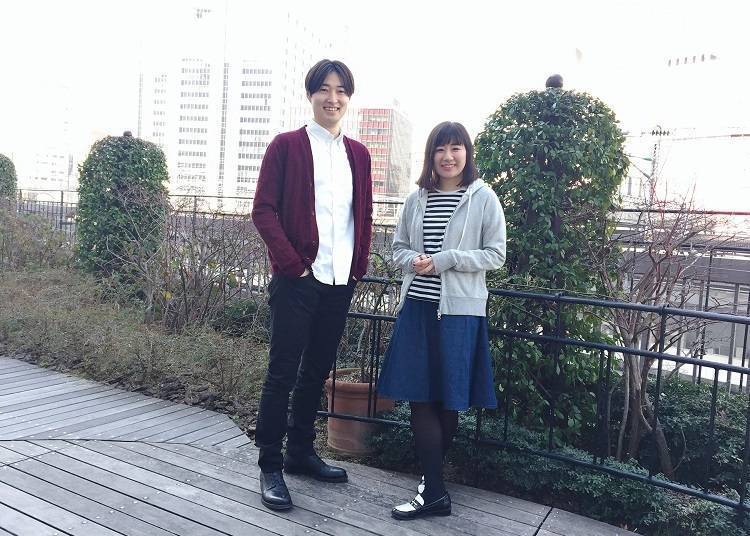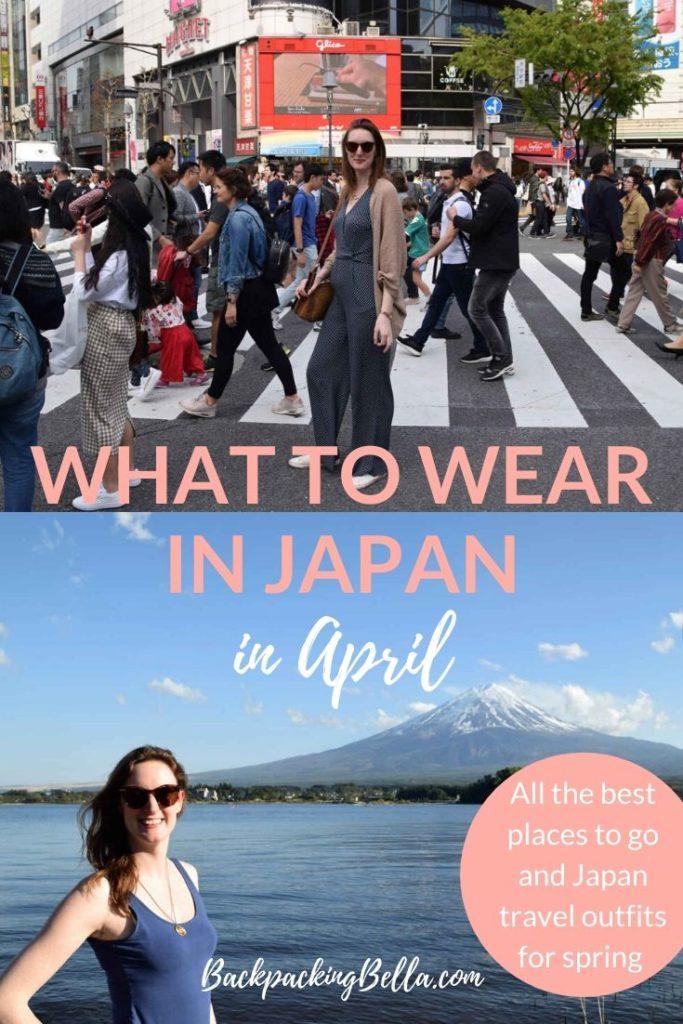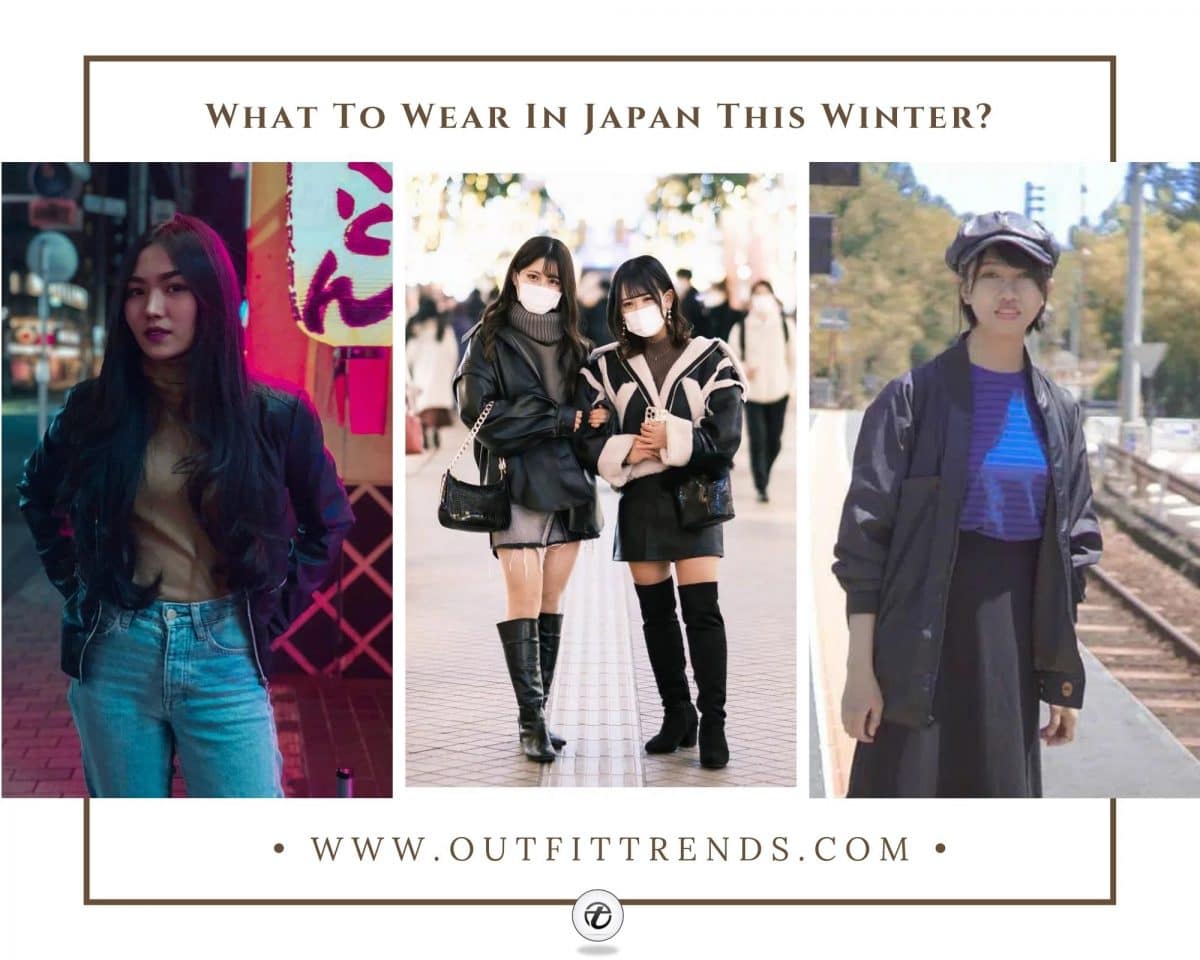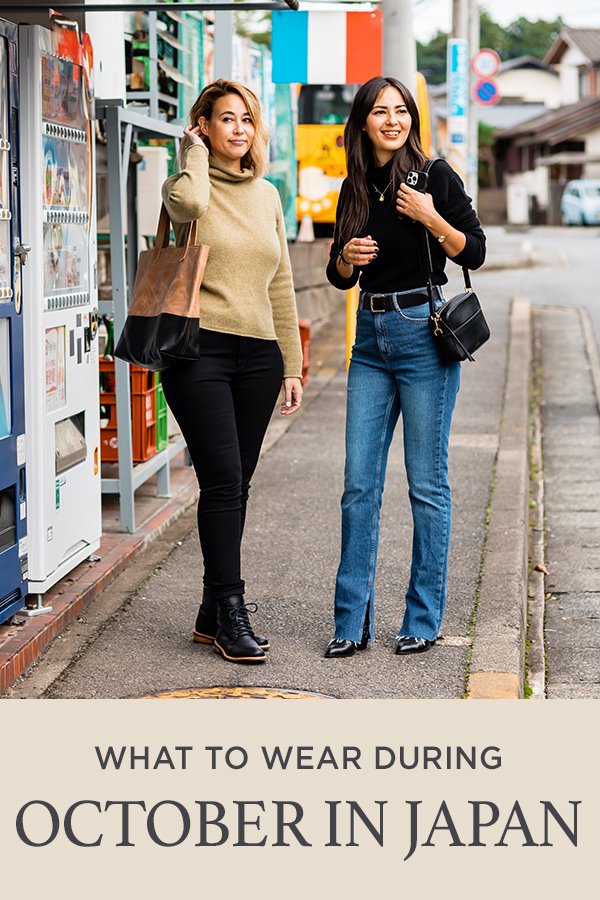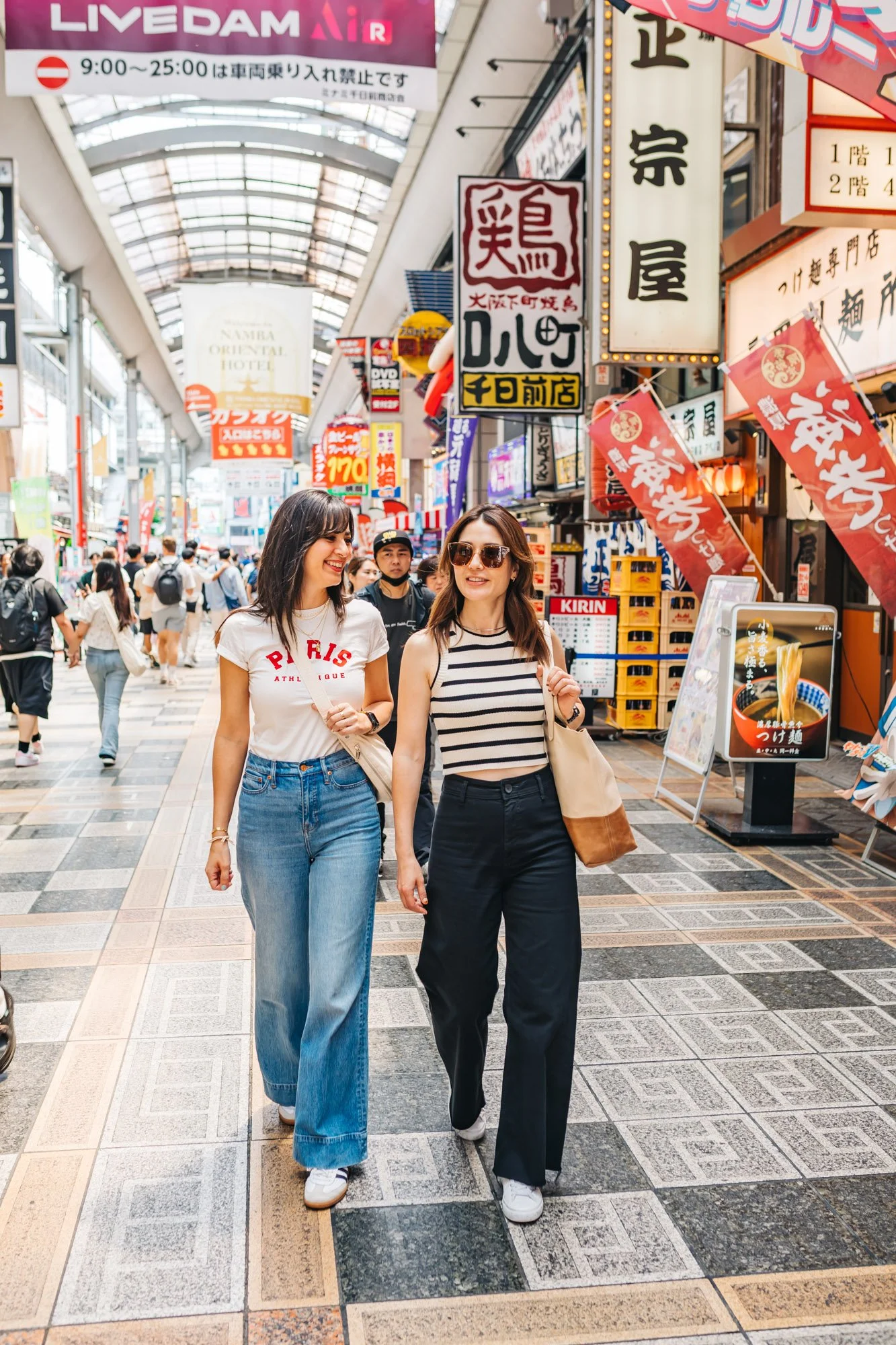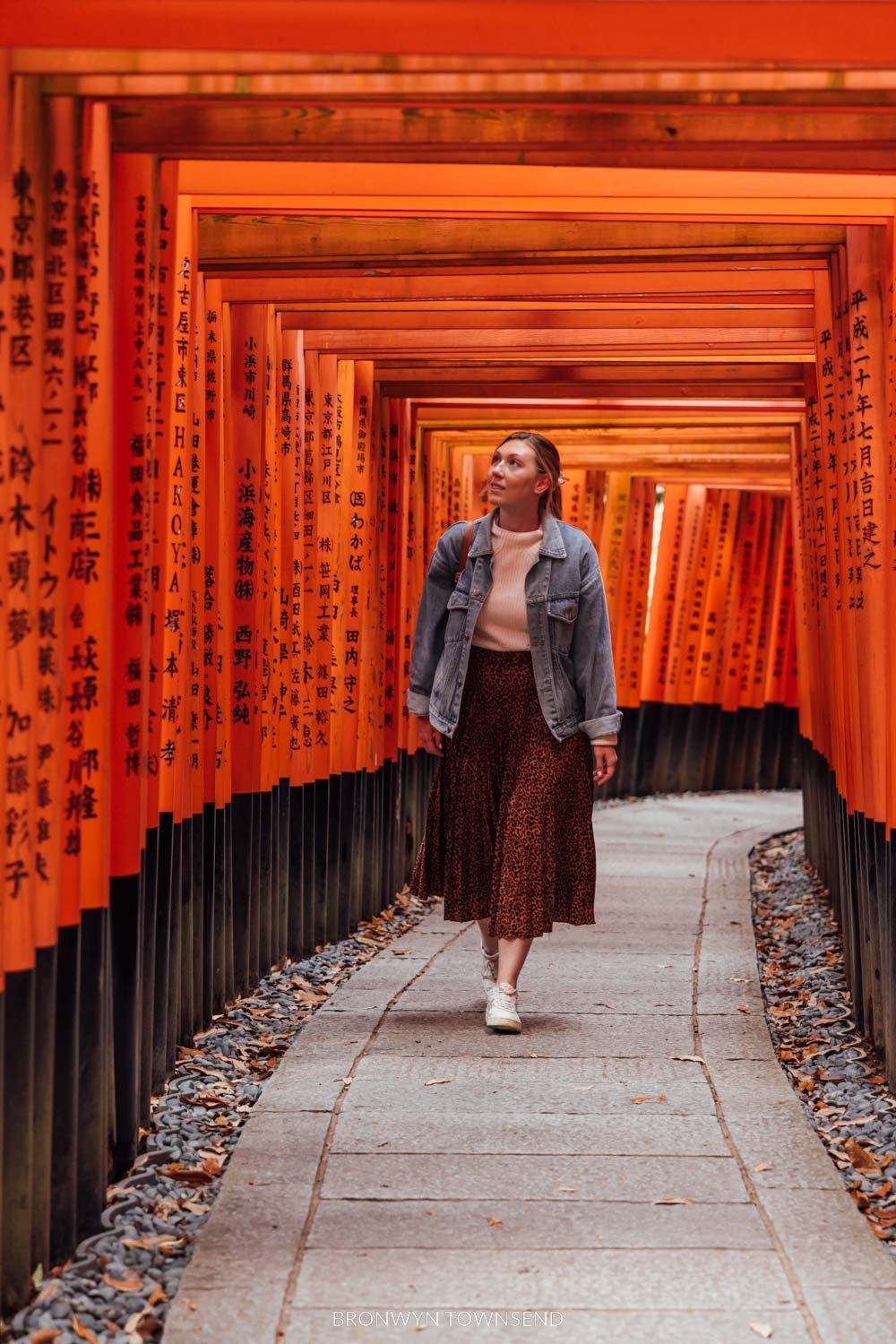What To Wear In Japan In June

Stepping off the plane in Japan in June can be a sensory overload, not just from the sights and sounds, but also from the humidity. Before you pack your bags, it's crucial to understand the weather conditions you'll be facing. What you wear can make or break your travel experience in a country known for its rich culture and often-unpredictable weather.
This article provides a comprehensive guide to dressing appropriately for Japan in June. We will delve into the specifics of the weather, cultural considerations, and practical advice on what to pack. This ensures you stay comfortable, respectful, and ready to explore everything this fascinating country has to offer.
Understanding Japan's June Climate
June in Japan marks the beginning of Tsuyu, the rainy season. According to the Japan Meteorological Agency (JMA), this period typically lasts for several weeks. This brings high humidity and frequent rainfall across much of the country, particularly in Honshu, the main island.
Temperatures generally range from the low 70s to the mid-80s Fahrenheit (21-30 degrees Celsius). However, the humidity can make it feel much hotter. Northern regions like Hokkaido experience milder temperatures and less rainfall.
The JMA's historical data reveals regional variations in rainfall patterns. For instance, Tokyo and Osaka tend to experience more consistent rainfall compared to cities further north. Checking the specific forecast for the cities you plan to visit is highly recommended.
Essential Clothing Items for June in Japan
Lightweight and breathable fabrics are your best friends. Opt for clothing made from cotton, linen, or moisture-wicking synthetic materials. These will help you stay cool and comfortable even in the humid conditions.
Quick-drying clothes are also essential, especially if you plan on doing any outdoor activities. Consider packing items that can be easily washed and dried in your hotel room. This reduces the amount of luggage you need to carry.
Rain gear is non-negotiable. A lightweight, packable rain jacket is a must-have. A compact umbrella is also a good idea, although you can easily purchase one at convenience stores throughout Japan.
Tops
Bring a mix of short-sleeved shirts, t-shirts, and blouses. Neutral colors are versatile and easy to mix and match. Long-sleeved shirts made from light materials are useful for sun protection and cooler evenings.
Avoid wearing overly revealing clothing, especially when visiting temples or shrines. While Japan is generally tolerant, dressing modestly shows respect for local customs.
Bottoms
Lightweight pants, skirts, and shorts are all appropriate choices. Choose fabrics that dry quickly and are comfortable to wear in humid weather. Capris or cropped pants can also be a good option.
Jeans can be uncomfortable in the humidity, so consider bringing lighter alternatives. Look for pants made from linen or breathable cotton blends.
Footwear
Comfortable walking shoes are essential, as you'll likely be doing a lot of walking. Opt for sneakers or walking sandals with good support. Break them in before your trip to avoid blisters.
Waterproof or water-resistant shoes are a plus, especially during the rainy season. Consider bringing a pair of sandals or flip-flops for relaxing at your accommodation.
Accessories and Other Important Items
A hat is crucial for protecting yourself from the sun, even on cloudy days. Sunglasses are also important for shielding your eyes from the glare.
Pack a reusable water bottle to stay hydrated throughout the day. Dehydration can easily occur in the humid weather. Many public places offer free water fountains.
Insect repellent is recommended, especially if you plan on spending time in parks or gardens. Mosquitoes can be particularly active during the rainy season.
Cultural Considerations and Etiquette
While Japan is becoming increasingly open to different styles, dressing respectfully is still important. Avoid wearing overly revealing clothing, especially in religious sites.
Remove your shoes before entering homes, temples, and some traditional restaurants. It's a good idea to carry a pair of clean socks in your bag.
Be mindful of the occasion. While casual wear is generally acceptable for sightseeing, you may want to dress more formally for dinners or special events.
Regional Differences in Climate and Clothing Needs
Hokkaido, the northernmost island, experiences milder temperatures and less rainfall in June. You may need a light jacket or sweater, especially in the evenings.
Okinawa, in the south, has a subtropical climate with high humidity and sunshine. Lightweight, breathable clothing is essential, along with sunscreen and a hat.
The mountainous regions of Japan can experience significant temperature variations. Pack layers so you can adjust your clothing as needed.
Looking Ahead: Adapting to Japan's Changing Climate
Climate change is impacting Japan's weather patterns. The rainy season may start earlier or later, and extreme weather events are becoming more frequent. Staying informed about the latest forecasts is crucial.
Future travelers should consider packing even more lightweight and quick-drying clothing. Investing in high-quality rain gear is also a wise decision.
Ultimately, dressing for Japan in June requires careful planning and consideration. By understanding the climate, packing appropriately, and respecting local customs, you can ensure a comfortable and enjoyable trip. Staying informed about potential weather changes will also help you adapt to any unexpected conditions.




